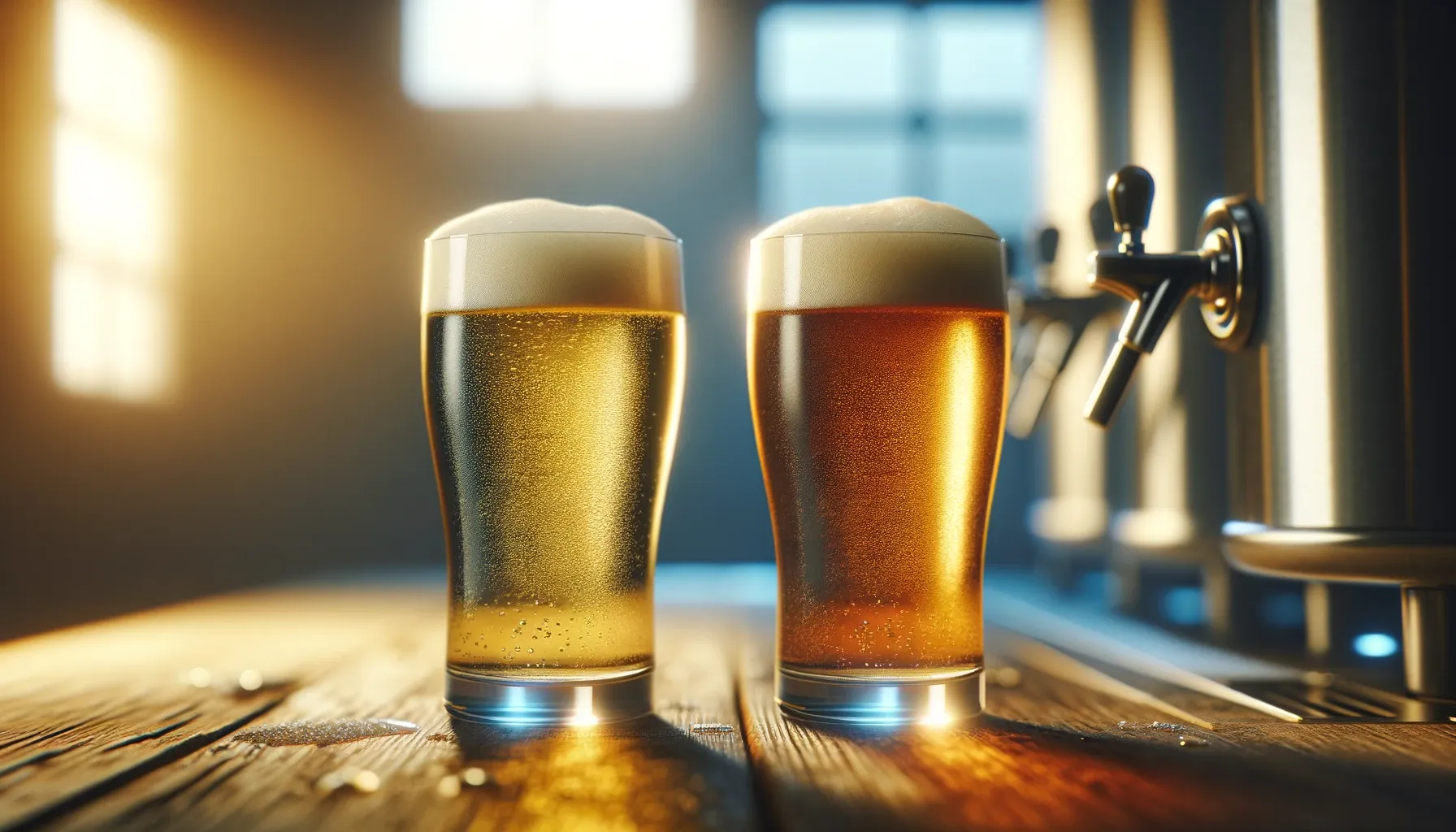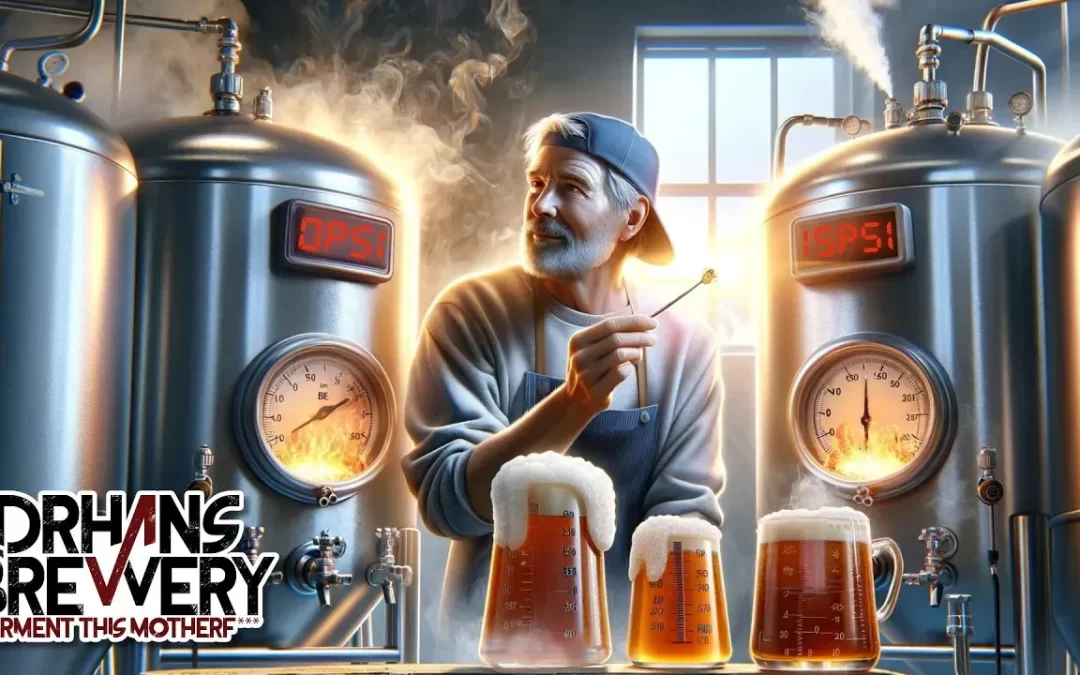Experimenting with Hot Fermented Lagers: Pressure vs No Pressure
Introduction
Welcome to another intriguing experiment at DrHans Brewery! In this exploration, we’ve conducted a split batch test to delve into the effects of hot fermentation on lagers. Our focus is on understanding how brewing under pressure compares with no-pressure conditions.

Experiment Setup:
For this experiment, we used the BF27 yeast strain from Angel Yeast, known for its versatility in brewing. Both batches were fermented at a high temperature of 25°C (77°F), but one with and the other without pressure. This setup was chosen to observe the impact of pressure on the flavor and quality of the beer.
More information about Angel Yeast’s brewing products->
Observations and Results:
1. The Fermentation Process: Both batches reached a final gravity (FG) of 1009 from an original gravity (OG) of 1047 in about two days, indicating a rapid fermentation process, especially considering the higher temperature used.
2. Lagering Duration: The beers were lagered for approximately five weeks, ensuring they developed their flavors fully.
3. Comparative Analysis: Upon tasting, the non-pressurized version exhibited a slightly more pronounced fruitiness, while both samples maintained a classic lager character. Interestingly, the difference in the head of the beer, which was greater in the pressurized version, might have impacted the aroma perception. A thicker head can potentially restrict the release of aromas, but it’s important to note that this was likely a result of my pouring technique rather than the fermentation method itself. Despite these nuances, there was surprisingly no significant difference in taste or aroma between the two samples, highlighting the intriguing outcomes of this experiment despite the varied fermentation conditions.
4. My Personal Reflection: These batches, particularly with the use of BF27 under these conditions, have produced some of the finest lagers I’ve brewed. They stand out even when compared to many commercial lagers available in Sweden, known for their quality.

Conclusions:
The experiment interestingly demonstrates that hot fermentation, even under varying pressures, can yield excellent lagers. The BF27 yeast strain has shown its capability to produce clean and traditional lager flavors at higher temperatures, challenging the conventional brewing norms.
Final Thoughts:
As a homebrew enthusiast, I encourage you to try similar experiments and push the boundaries of traditional brewing. Your feedback and experiences are valuable, so please share them in the comments below.



Recent Comments